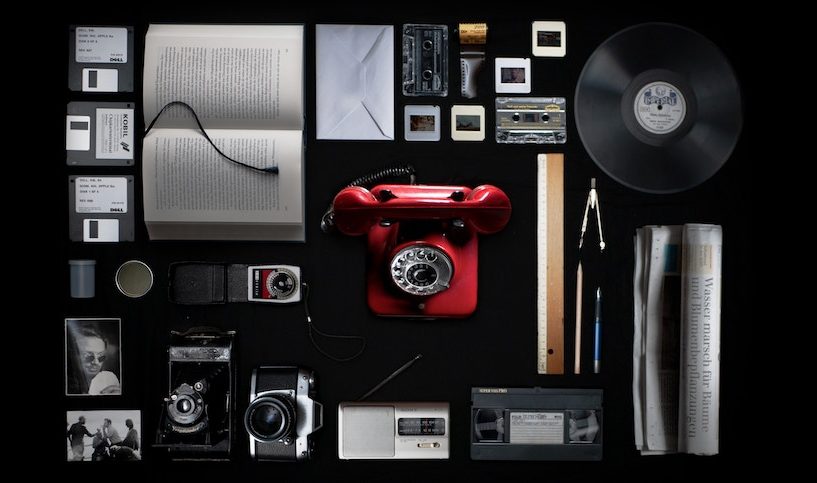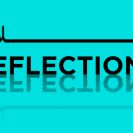By Ali Shehadi
Any successful Strategic Media Planner would, just like a financial advisor, receive a set of recommend classes of investments for their respective fields. For example, financial advisors are well versed in equities portfolio management, shares growth, etc., and in parallel, strategic media advisors are trained in TV, Radio, print media, digital media and many other disciplines.
At the same time, the way in which media is perceived around the world is changing in a blink of an eye. Just think of how quickly smart-phone applications and social media has evolved. In turn, the job of the strategic media planner will be increasingly challenging and exciting in the coming years. While the traditional media platforms like TV, Radio and printed media will continue to play a major role for advertisers, the spend on digital and interactive media has increased at a much faster rate. Despite their relatively rapid growth, new media still represents less than 20% of total ad spend and less than ten percent of total marketing communication spending.
Nevertheless, digital and interactive media are essential now, and they are opening the door to an ever more exciting future in marketing communications. We are at the beginning of a new era, where everything counts as media.
By stating that “Everything is media”, I mean that every communication that reaches the consumer is considered to be a type of media exposure that has some value. It naturally follows, from this premise, that everything should be planned at the same time, and in the same place (in terms of a media department) which requires two things for achieving success.
First, the client must accept communication planning as a cohesive discipline and not pre-allocate marketing budgets into drawers or departmental baskets, such as event management or PR. A wholistic approach to the planning process is essential if the client expects a positive ROI (Return On Investment).
Second, the media team must integrate itself into other agencies or departments, and must work closely together to make sure every campaign is both effective and meaningful. Media experts may have know-how and ideas, yet for the successful communication with target audiences, coordination is a key ingredient. In media, the only bad idea is no idea.
No matter how we communicate with the consumer, the process still must be appealing. Therefore, the art of successful media planning is not about buying something at a cheaper price; it leads to create a positive and memorable interaction. It is ultimately about selling something (a product or an idea) and that is not just about spewing more messages in front of people.
In other words, the goal of the strategic media planner is to choose the ideal time and place to expose the target audience to the advertisers‘ message at a critical point, also known as the ‘Aperture concept’ in Media planning. Like a bat hitting a ball for a home run during an awesome baseball game, the aperture is the point in which the advertising message is delivered to the consumer at the best possible time and place for the maximum effect.
Ali Shehadi is a Media & Communication Consultant at 5M Advertising in Kuwait. Photo by Julius Drost on Unsplash.










